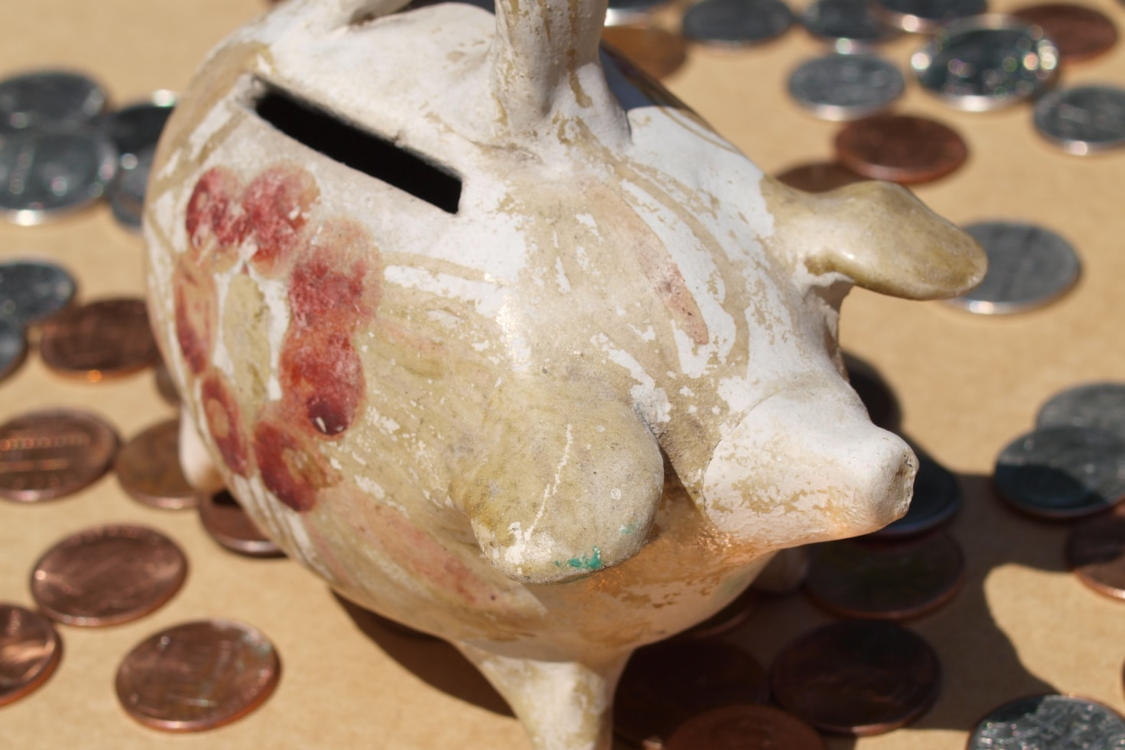
Big, flashy companies that promote beverages, cars, movies, shoes, food and TV shows launch some fabulously innovative, highly effective experiential marketing campaigns. Unfortunately, many of these campaigns — think Red Bull’s stratosphere skydive stunt, Budweiser’s Beer Garage and Adidas NBA-star Derrick Rose Jump Store, require massive planning, big budgets and/or big stars. You might have written off experiential marketing because you don’t have a big budget and a vast marketing team to plan and implement pricey, time-consuming campaigns. However, bigger isn’t always better and spending a sizable chunk of your budget on a single event can be a costly mistake. Here are six tips for planning experiential marketing events on a smaller budget.
#1) Determine How Your Customers Interact with Your Brand
How do your customers and prospects interact with your brand? Think creatively about how your product or service can create opportunities for customers to taste, touch, smell, hear or see characteristics about your brand. Try something new that customers haven’t experienced before with you or other brands. Don’t hesitate to get a little silly or do something surprising — just make sure it’s appropriate for your brand and audience. One low-cost way to get people to engage with you is to ask their opinion or vote on a name, color, flavor, sound, or image. You can do this at in-person events or on social media.
#2) Take Advantage of Existing Events
Large companies can afford to create or sponsor huge events, but smaller organizations can engage with consumers at community, niche and sporting events that are already happening. Think about where your target audience is likely to be. For example, if your target audience is seniors, health fairs or events within retirement communities would be viable options. For Gen Z, think about college campuses, scholastic competitions and local music festivals. For sports fans, setting up a popup in a parking lot or a space near the event can be an inexpensive way to place your brand in front of energized customers.
#3) Carefully Consider Where to Do Product Sampling
Handing out free samples to attract new customers can be a wise return on your investment, but it can also be a waste of time and money. As we’ve noted in other blog posts, avoid the “spray and pray” approach where you hand out samples to everyone and anyone, regardless of their likelihood to spend money on your brand. Instead, piggybacking onto tip #2, only hand out samples at places where there’s a higher concentration of potential buyers. Choose the appropriate time as well — avoid times when consumers are likely to be in a hurry or distracted by other activities such as fireworks or opening ceremonies.
#4) Think Beyond Traditional Freebies
Giving away free products can get expensive, so only do it if it makes sense. Additionally, buying freebies to hand out, such as traditional branded items (tote bags, pens, lip balm, water bottles, travel mugs, etc.) that will just get tossed aside later, can be another way to misuse your marketing funds. Get creative and engage in a more meaningful way. For example, hire a few massage therapists (or rent automatic massage chairs) and offer free 5-minute chair massages. If you’re at a busy event, create a comfy lounge area where attendees can take a break, enjoy some refreshments, relax and watch a brief, humorous or inspiring video related to your brand.
#5) Focus on Engaging with Current Customers
Although attracting new customers is essential, it can be costly, time-consuming and short-lived, especially for consumers whose buying behavior is primarily price-driven. Strengthening bonds with existing customers often results in higher ROIs, especially over time. Consumers are more likely to pay higher prices and try new products from brands they already trust. They are also more willing to be loyal to brands that make them feel valued. Consider ways to make your existing customers feel like VIPs — invite them to attend a special event or send them an unexpected gift or coupon. Running an entertaining social media contest asking customers to submit a comical or meaningful photo, video, tweet or quote about your brand is an affordable option.
#6) Consider Back-to-Basics Fun & Games
Walk into any significant event such as SXSW (South by Southwest), and you’ll find countless high-tech virtual reality games and experiences, often coupled with glitzy celebrities and hired actors. These are typically expensive — and sometimes fail to engage authentically with consumers. The message can get lost in the hype. Instead, think about fun or goofy games you played as a kid that you could replicate to create a memorable experience for consumers. For example, get a set of water pistols or Nerf guns and set up a line of targets (rubber duckies or something related to your brand) and let consumers try to knock them down for a small prize.
For inspiration, think about other games and contests you see at county fairs, such as good, old-fashioned dunk tanks, softball throws, beanbag tosses, electronic darts, etc. Aim for something unexpected and delightful so people will want to engage — and best of all, share their experience on social media. Display your brand name in banners, signs, and anywhere else that makes sense to help consumers make the connection.
We can help you plan and execute innovative experiential marketing campaigns for any budget! Contact us / 1-888-99-MOGXP
